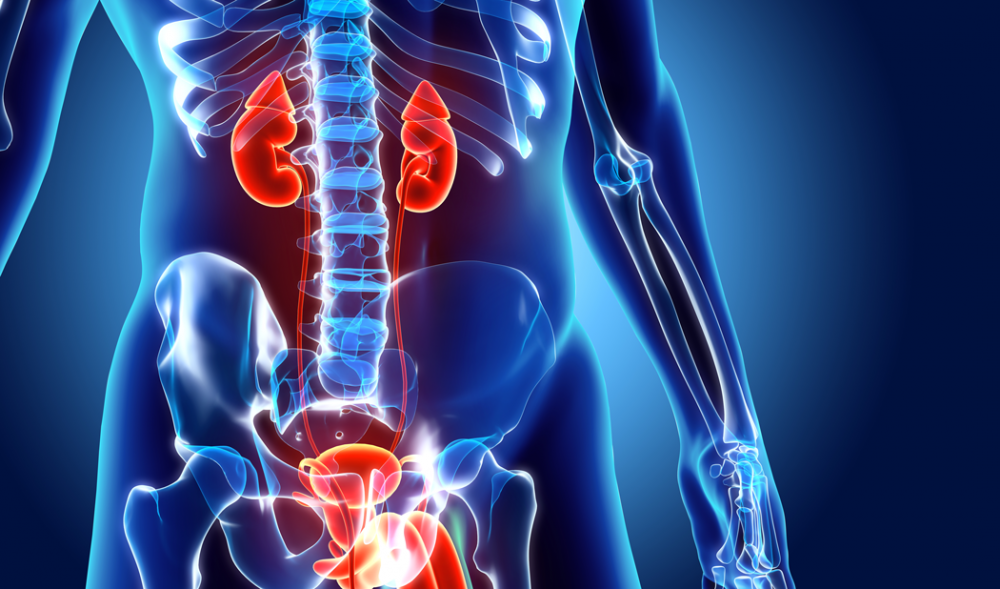Advertisment
Teleflex announces large-scale analysis of real-world healthcare claims data for enlarged prostate procedures at the American Urological Association 2021 Annual Meeting

Teleflex Incorporated announced that new real-world healthcare claims data reveal that the risk of return procedures is lowest after treatment with the UroLift System among the analyzed benign prostatic hyperplasia (BPH) treatment options. The data also show that the risk of surgical retreatment is similar between UroLift PUL, TURP and GreenLight PVP while highest following Rezum Water Vapor Therapy.
The study “UroLift PUL Compared to Rezum, TURP and GreenLight PVP: Results From an Analysis of U.S. Medicare and Commercial Claims,” which was sponsored by Teleflex, was presented Sunday, September 12 by Steven Kaplan+, M.D., of Mount Sinai, New York City, at the virtual American Urological Association (AUA) 2021 Annual Meeting.
“It is important for urologists to have access to well-designed, large-scale, real-world comparative data for surgical and minimally invasive BPH treatments. Until now, comprehensive healthcare utilization data that includes surgical retreatment rates have been missing from the urologist toolbox when discussing these important factors surrounding treatment options with their BPH patients,” said Dr. Kaplan, lead author. “This study revealed real-world surgical retreatment rates that are comparable among the UroLift System, TURP and GreenLight while highest for Rezum.”
The study analyzed a representative sample of U.S. Medicare and commercial claims from IBM Watson among men with a BPH diagnosis who received therapy for the condition in an outpatient setting from 2015 through 2019. The database included 5,228 UroLift System prostatic urethral lift (PUL) patients; 19,507 transurethral resection of the prostate (TURP) patients; 10,173 GreenLight patients; and 935 Rezum patients. The research defines differences between return procedures (post-operative procedure performed during a return visit to an outpatient setting identified by a CPT or ICD 9/10 code), and surgical retreatment [secondary BPH procedure (Rezum, GreenLight, transurethral resection of the prostate (TURP), prostatic urethral lift (PUL) or holmium laser enucleation of the prostate (HoLEP)] occurring after the original index. The analysis utilized a Cox proportional hazard model to account and adjust for variables which may have differed between treatment populations, such as age, cost of index procedure, comorbidities, adverse events, and site of service.
Results from the analysis showed : 1.Post-treatment return procedure rates at the 365-day mark were lowest (17%) with UroLift PUL patients and highest (23%) among Rezum patients (UroLift PUL vs Rezum: p<0.0001). Adjusting for available population variables using hazard modeling, UroLift PUL was associated with a lower risk of undergoing a return procedure compared to GreenLight, Rezum, and TURP: 24% higher TURP vs PUL (p<0.0001), 35% higher GreenLight vs PUL (p<0.0001), 41% higher Rezum vs PUL (p<0.0001).2. Surgical retreatment rates at the 365-day mark were similar between GreenLight (5.2%), TURP (5.3%), and PUL (5.4%). The rate of surgical retreatment for Rezum (7.2%) was higher compared to UroLift PUL (p=0.04).
When assessing risk at 365 days via hazard modeling, there was a similar risk of surgical retreatment associated with GreenLight, TURP, and UroLift PUL. Rezum was associated with a higher risk of surgical retreatment: 36% higher Rezum vs PUL (p=0.03), 40% higher Rezum vs TURP (p=0.01), 43% higher Rezum vs GreenLight (p=0.009).
“Surgical retreatment is an important factor for urologists and their patients to consider when evaluating BPH therapies. By performing a large-scale observational analysis of Medicare and commercial claims, we were able to see how the UroLift System and other BPH therapies perform in the real-world post-treatment,” said Kevin Hardage, President of the Teleflex Interventional Urology business unit. “In the analysis, the UroLift System had the lowest rate of return procedures and similar surgical retreatment rates as GreenLight and TURP. The results from the analysis support the UroLift System as an optimal course of treatment for many men diagnosed with BPH.”





